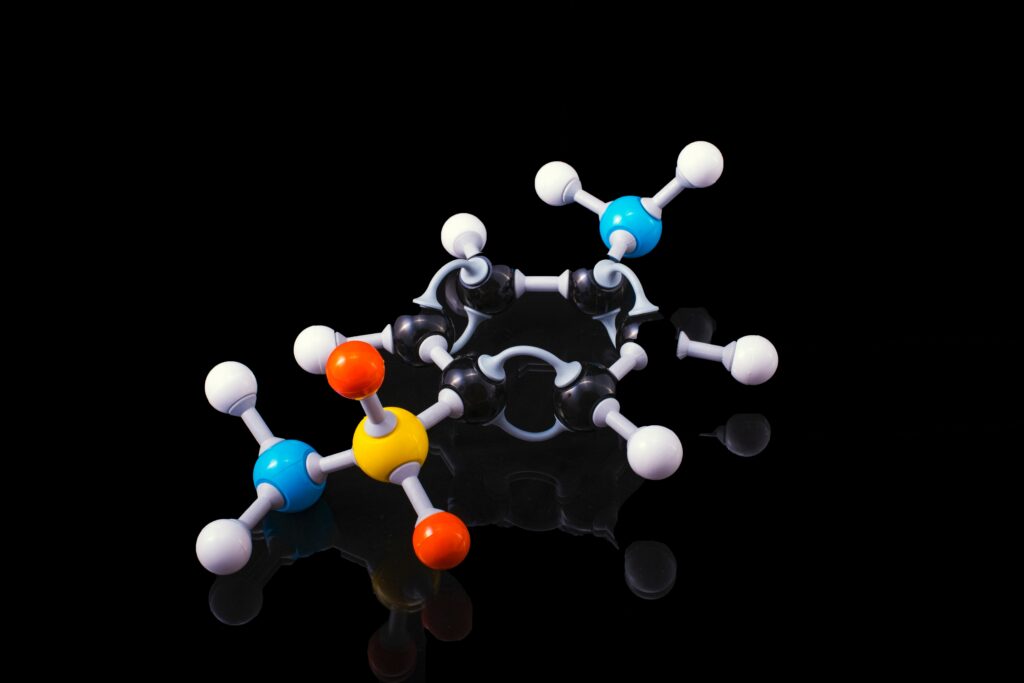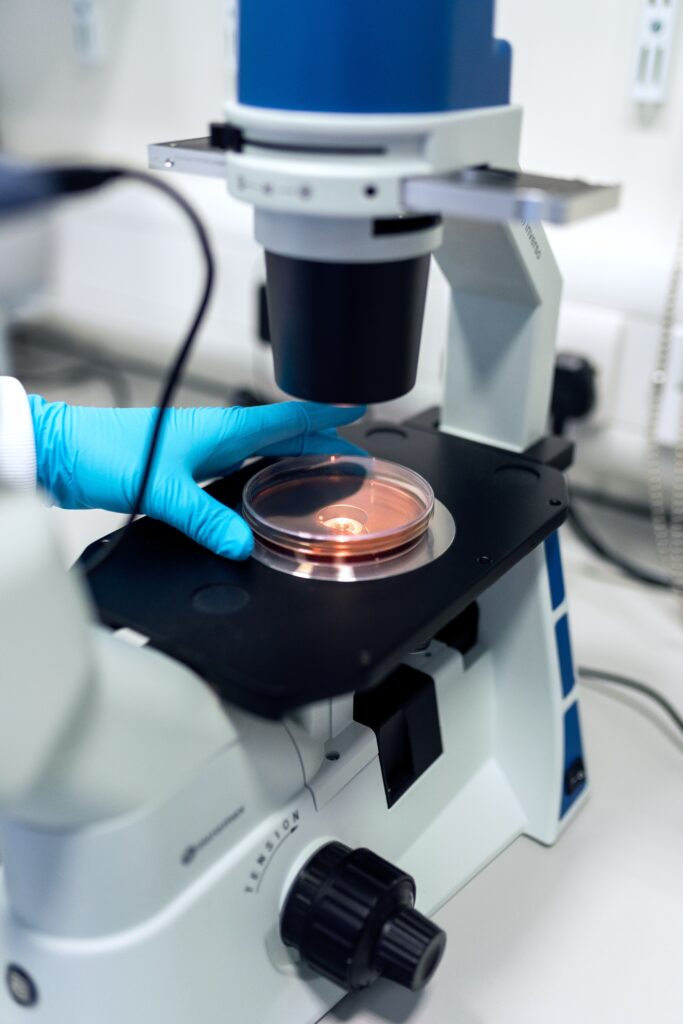Greetings to all individuals present here! Might I inquire as to your proficiency in the field of chemistry? Are you enchanted by the complexities inherent within amino acids? If that is indeed the case, then this announcement shall surely pique your interest! A specialized examination awaits esteemed scholars such as yourselves – The Amino Acid Quiz. Dare you venture forth and test your knowledge? Only time will tell how many points an individual may accumulate.
Proteins, the fundamental building blocks that comprise the architectural, functional, and regulatory components of cells and tissues, are predominantly formed by a plethora of amino acids. Amino groups, carboxyl groups, and variable side chains contribute to the intricate structure of these organic compounds known as amino acids.
The intricate process by which proteins are formed within cells necessitates the use of 20 distinct amino acids, each possessing a unique set of chemical and physical properties that play an essential role in its function. These amino acids can be broadly categorized into three groups based on their polarity: nonpolar, polar, and charged – distinctions that have significant implications for the ways in which they interact with one another within complex protein structures.
A group of amino acids that reign over hydrophobicity, or reluctance to dissolve in water, are the nonpolar companions that establish their postures secured within proteins. Glycine, alanine, valine, leucine, isoleucine, proline, phenylalanine, methionine, and tryptophan are among these important minor roles.
The significance of these indispensable building blocks arises from their capability of sustaining the structure of proteins tethered together by forming muted yet strong interactions accomplished by excelling at engendering a mighty myriad horde with other likewise standoffish molecules.
Do you like chemistry quizzes? If so, we invite you to our Dr. Doe’s Chemistry Quiz! Answer all the questions and get your results now!
Serine, threonine, cysteine, asparagine, glutamine, and tyrosine portray polar amino acids that recurrently manifest on the exterior of proteins. These aforementioned components possess hydrophilic side chains which intermingle intricately with water particles to generate hydrogen bonds and other distinctively polar interactions with foreign molecules; rendering them critical in biological systems.

It is worth noting that the lateral appendages of charged amino acids, viz. lysine, arginine, histidine, aspartic acid, and glutamic acid can exhibit either affirmative or negative electrical dispositions. It is chiefly these types of amino acids that are instrumental in precipitating ionic associations with other molecules that carry an electrical charge and also occupy a position extraneous to protein frameworks.
Inevitably therefore such molecules are often located on the surface strata of proteins where they engineer molecular “handshakes” underpinning vital biological processes.
The intriguing chemical reaction that ensues between the carboxylic and amino functional groups of an amino acid culminates in the formation of peptide bonds, which serve as a connective thread uniting successive amino acids. The resulting cascade of sequential connections enthralls scientists with its polypeptidic architecture and potential to fold intricately into distinct three-dimensional configurations, signifying their biological functions.
The convoluted sequence of amino acids that constitutes a protein is determined by the genetic code, which can be described as a well-defined set of rules that dictate how nucleotide triplets (codons) are deciphered into their corresponding amino acids. The intricate chemistry of the genetic code dictates crucial biological functions such as cell development, immune response, and much more.
However, these coding mechanisms may sometimes undergo certain aberrations due to genetic mutations or other factors leading to irregularities in protein structure that could potentially pave the way for various hereditary impediments.
Wondering about your health and what vitamins you should take? Try our quiz and get the answer for your question: What Vitamins Should I Take?
The multifarious roles that amino acids play in the human body transcend their mere function as protein building blocks. In fact, certain varieties of these organic compounds can serve as a veritable source of energy, whereas others act as precursors for the synthesis and production of pivotal molecules such as neurotransmitters, hormones, and nucleotides.
Countless physiological functions in the human body are contingent upon the intricate workings of amino acids, which occupy a pivotal role in facilitating biochemical processes. Notably, tyrosine and tryptophan – two ubiquitous amino acids – exert their influence by serving as the precursors to vital neurotransmitters such as dopamine, serotonin, and adrenaline. Furthermore, these indispensable building blocks enable the development of collagen- an exceedingly significant structural protein that bestows skin, bones, and connective tissues with their unrivaled fortitude and flexibility.
In conjunction with their fundamental biochemical roles, amino acids bear the tremendous potential to serve as formidable agents in both industrial and medicinal conclaves. Notably, these derelicts play pivotal roles as savory supplementary in comestibles and potables whilst being routinely employed in the manufacture of cosmetic products, detergents, and pharmaceutical requisites. Furthermore, they also find massive utility in synthesizing bio-degradable polymeric compounds that harbinger eco-friendly plastics alongside various additional materials.
Are you wondering about your metabolic type? So take our Metabolic Type Quiz! Answer all the questions and find out the result!
In the realm of medicine, amino acids are frequently implemented as supplementary agents for an assortment of pathologies, including catabolism of musculature, hepatic deficiencies, and specific subcategories of neoplastic afflictions. Additionally, pharmacological compounds constructed from a foundation of amino acids have been innovated to therapeutically address inherited disorders – such as cystic fibrosis or phenylketonuria via provisionary allocation of deficient or absent amino acid structures.
Aminic acids hold a paramount place in the field of sports nutrition, serving as supplements that efficaciously amplify muscular growth and support post-exertion muscular recuperation. Nevertheless, among athletes and bodybuilders specifically, branched-chain amino acids (BCAAs)–comprising leucine, isoleucine, and valine–emerge as particularly sought-after stimulants for eliciting muscle protein synthesis and curtailing muscular catabolism.

It is of paramount importance to bear in mind that ingesting a superabundance of certain amino acids can prove deleterious to the overall state of your well-being. An overconsumption, for instance, of arginine may trigger gastrointestinal dilemmas, and an excessive uptake of methionine could heighten one’s susceptibility toward developing cardiovascular pathology. Henceforth, it is incumbent upon us to adhere diligently to the recommended protocols regarding optimal intake levels of amino acids whilst simultaneously seeking counsel from a healthcare practitioner prior to incorporating any supplementary sources into our dietary regimen.
Amino acids, those vital organic compounds essential to the sustenance of a plethora of biological processes and ultimately life itself, indeed hold significant implications for sports nutrition as well as myriad facets of business and medicine. Adequate utilization and consumption in the proper measure is an imperative component required for attaining optimal health status.
Do you understand the nuances of amino acids? Would you like to evaluate and further your level of understanding? Partake in our challenging quiz, skillfully answering all inquiries, thereby culminating in the revelation of your results!